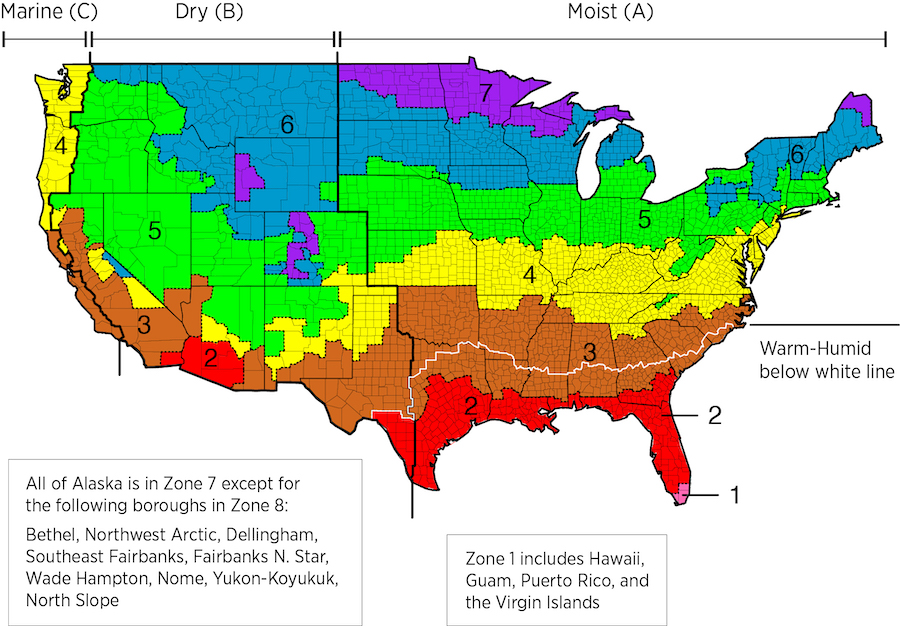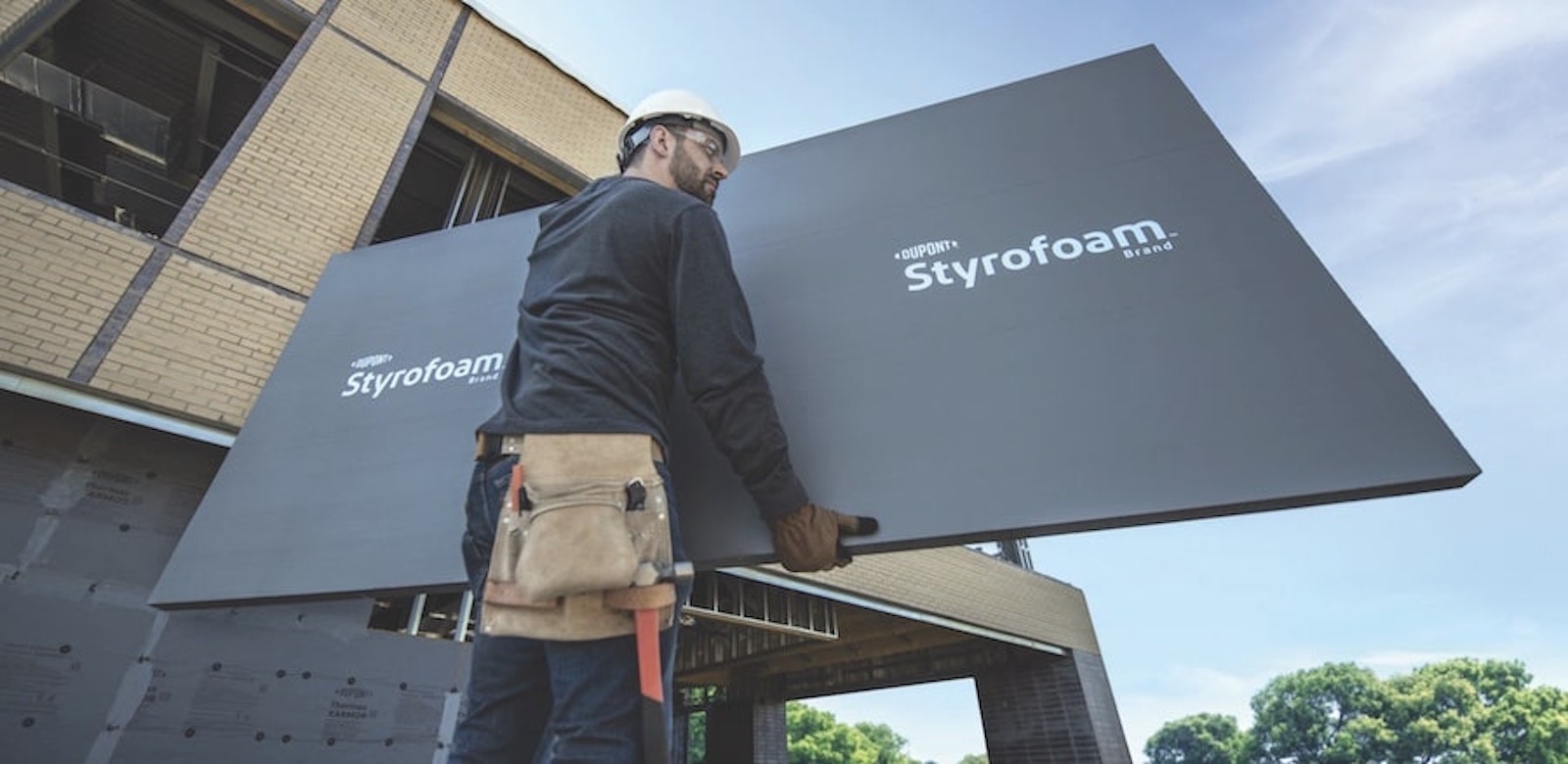It’s no secret that homes built to contemporary energy codes are considerably more energy efficient than older homes, especially those built before the turn of the century. But as building codes become increasingly more stringent with each new code cycle, in some cases the returns on the margins aren't yielding an energy-savings benefit that justifies the higher construction costs.
The International Code Council (ICC) established the International Energy Conservation Code (IECC) in 2000 to improve energy conservation in new buildings. Early editions of the IECC helped new homes achieve much higher levels of energy performance.
But the 2021 IECC has yielded some inefficient outcomes. An analysis of the code's costs conducted by Home Innovation Research Labs (Home Innovation)* indicates some unreasonable returns on investment (ROI) or payback for consumers that likely extend for decades, well past the lifespan of the requirement. In some cases, it would take well over 100 years to achieve a savings in energy costs commensurate with the increased cost to comply with the code.
RELATED
- New Legislation Worsens Housing Affordability
- Net Zero Construction Is on the Rise, but Inconsistent Regulations Could Halt Progress
- 2024 International Energy Conservation Code Will Use a New Development Process
Examples of IECC Overreach and Long Paybacks
One example of an unreasonable payback period is the requirement for minimum R-49 ceiling insulation. The analysis indicated average energy savings of $0.67 per month in Climate Zone 2 (see map below) and $0.92 per month in Climate Zone 3 for a standard 2,500 square-foot single-family house, yet it costs roughly $1,366 to achieve that level of insulation.
Thus, for a typical single-family home in Phoenix, the payback period for that investment in additional ceiling insulation would be about 170 years—far longer than the homeowner's 30-year mortgage.
Another example is continuous wall insulation. Looking at Climate Zone 4, Home Innovation’s analysis finds that the 2021 IECC provision costs $4,970 for a 2,500 square foot house, resulting in a payback period for the homeowners as high as 100 years.

An Uphill Battle, but Not a Lost One
The Inflation Reduction Act (IRA) of August 2022 set aside nearly $1 billion to incentivize state and local governments to adopt the 2021 IECC Residential Code, hindering the effectiveness of political and industry push-back against certain provisions that will drive up housing costs while delivering negligible savings in energy use or expenses.
It is critical that the U.S. Department of Energy (DOE) develops clear and transparent energy equivalency criteria for the 2021 IECC for achieving compliance with the IRA funding requirements. The equivalency criteria should be developed for both prescriptive and performance energy code paths. By offering equivalent compliance options that achieve the same or better energy performance increases the number and variety of energy measures available to designers and builders, improves cost-effectiveness for consumers, and maximizes the overall energy savings envisioned by Congress in the IRA.
The National Association of Home Builders (NAHB), along with other stakeholders, expect the 2024 IECC standard to be even more stringent; in fact, the most stringent yet in terms of energy performance. But NAHB is working within the framework of the 2024 IECC to make sure designers and builders have the flexibility necessary to meet the more stringent standard in the most cost-effective way possible.













